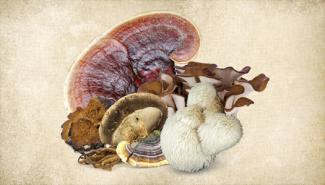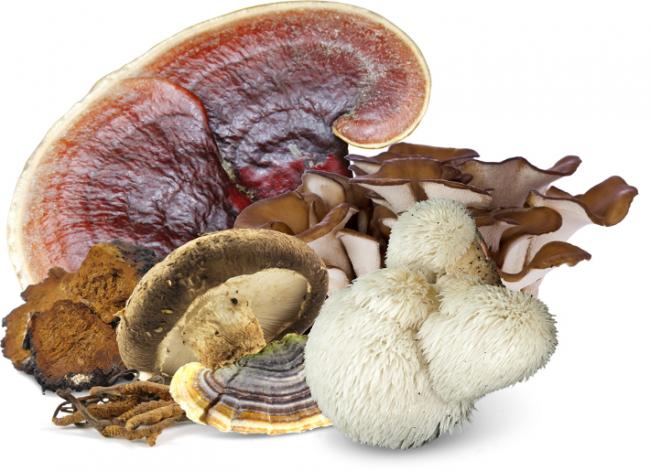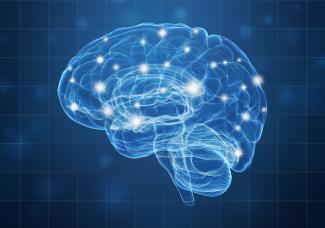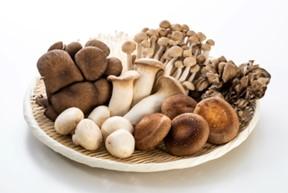Related Articles
- 31 Dic 17I funghi sono stati utilizzati per scopi medici per migliaia di anni, soprattutto a causa dell'effetto benefico che conferiscono al sistema immunitario, al sistema nervoso, al fegato e ai reni. In Cina e in Giappone, i funghi sono stati parte della medicina, soprattutto in qualità di tonico per sostenere la salute generale. Negli ultimi anni, i funghi medicinali hanno ottenuto maggiore popolarità e si possono trovare nel cibo, negli integratori e nelle bevande come il tè e il caffè.
- 05 Ago 14
 Tra le malattie del fegato rientrano una serie di condizioni di salute diverse che vengono racchiuse nella medicina tradizionale nella branca dell'epatologia, la quale si occupa delle condizioni di salute relative al fegato, alla cistifellea e al pancreas. Nel corso degli ultimi anni si è verificato un aumento dell'uso di medicine complementari e alternative, specialmente terapie fitoterapiche, tra i pazienti affetti da patologie del fegato .
Tra le malattie del fegato rientrano una serie di condizioni di salute diverse che vengono racchiuse nella medicina tradizionale nella branca dell'epatologia, la quale si occupa delle condizioni di salute relative al fegato, alla cistifellea e al pancreas. Nel corso degli ultimi anni si è verificato un aumento dell'uso di medicine complementari e alternative, specialmente terapie fitoterapiche, tra i pazienti affetti da patologie del fegato . - 05 Apr 20
Come far crescere i neuroni, sì, hai letto bene!
C'è una proteina prodotta e utilizzata nel nostro sistema nervoso che aiuta i neuroni a crescere nel nostro cervello e che aiuta il nostro cervello a lavorare meglio, più velocemente e a essere più forte. - 28 Ott 22
I funghi sono superfood ricchi di proprietà che vengono utilizzati da migliaia di anni in preparazioni culinarie e medicinali. Sono ricchi di sostanze nutritive, tra cui proteine costituite da aminoacidi, fibre, carboidrati, di cui, polisaccaridi(β-glucani), vitamine (B2, B3, folati/B9, B12, C, D2 ed E) e minerali (K, P, Mg, Ca, Cu, Fe e Zn). Contengono anche diverse sostanze bioattive, come i composti fenolici, glicosidi, alcaloidi, oli volatili, terpenoidi, flavonoidi, lectine, enzimi e acidi organici. 1
Newsletter
Più Popolare
- 17 Giu 13
- 17 Giu 13
- 17 Giu 13
- 01 Lug 13
- 17 Giu 13
- 17 Giu 13
- 17 Giu 13
- 01 Lug 13
- 17 Giu 13
- 17 Giu 13
- 17 Giu 13
- 01 Lug 13




















